The Rose of Jericho plant, also known as the Resurrection Plant, is a desert plant that belongs to the Selaginellaceae family. It is native to the Chihuahuan desert in North America, but it can also be found rolling around in parts of Africa, Asia, and Australia.
The plant is known for its unique ability to survive long periods of drought. When there is no water available, the plant will curl up into a tight ball and enter a state of dormancy. It can remain in this state for years, and it will only start to grow again when water is present.
In recent years, the Rose of Jericho plant has become popular as a decoration in households, as it can be easily revived by placing it in a bowl of water. It is also used in traditional medicine for its purported healing properties.
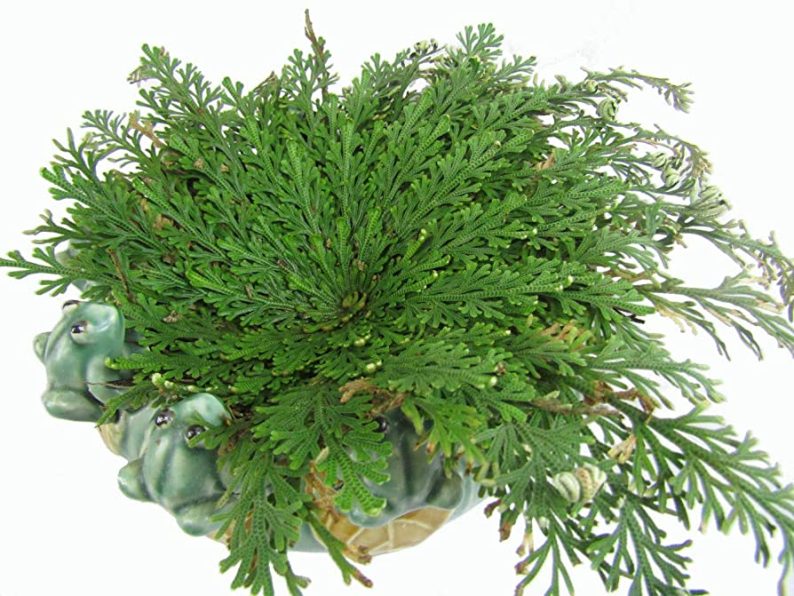
Why is the Rose of Jericho Called the Resurrection Plant?
The Rose of Jericho, also known as the Resurrection Plant, is a fascinating plant known for its ability to revive after appearing to be dead. It is a type of spikemoss that belongs to the Selaginellaceae family, and is native to the Chihuahuan Desert in North America, although it can also be found in parts of Africa, Asia, and Australia.
The plant has a unique appearance, with small, scale-like leaves that are green when the plant is hydrated and brown when it is dry. When the plant experiences prolonged drought, it curls up into a tight ball and for the untrained eye can appear to be all but dead.
However, when water is reintroduced to the plant, it slowly opens up and comes back to life. This ability to “resurrect” from a dried-out state is what gives the plant one of its common names – the Resurrection Plant.
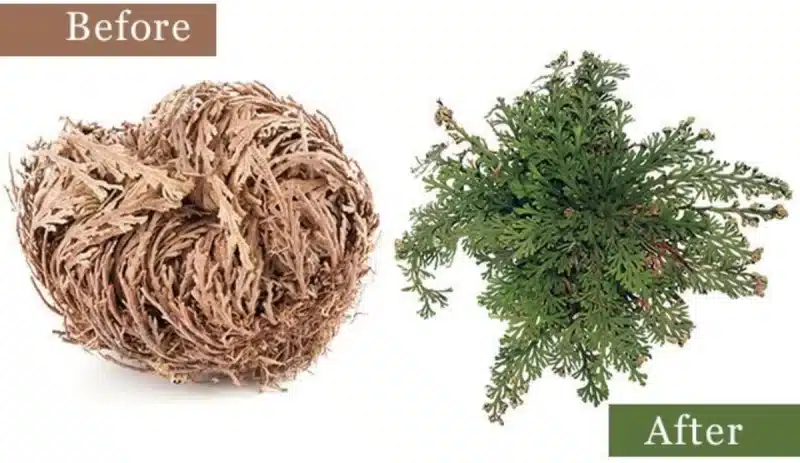
The Rose of Jericho has a fascinating history and has been used for various purposes for centuries. In many cultures, it is believed to have spiritual or healing properties. Some people use the plant as a decorative piece, while others use it for medicinal purposes.
In terms of growing the Rose of Jericho, it is a relatively easy plant to care for. It prefers well-drained soil and bright, indirect sunlight. It is also important to allow the plant to dry out completely between waterings, as it is adapted to survive in dry conditions. With proper care, the Rose of Jericho can be a unique and interesting addition to any plant collection.
Rose of Jericho Plant Basics:
| Common Name: | Rose of Jericho, Resurrection plant, Dinosaur Plant, White Mustard flower, St. Mary's Flower, the False rose of Jericho, Stone Flower, Flower of Stone, Maryam's Flower, Resurrection Moss, Siempre Viva, Doradilla |
| Botanical Name: | Selaginella lepidophylla |
| Plant Type: | Perennial |
| Size: | 2-6 9 inches tall and 3-6 inches wide |
| Light: | Bright, Indirect light |
| Soil: | None, gravel and pebbles |
| Water: | infrequent watering |
| ex | Overwatering, extreme heat or cold |
| USDA owing Zones: | 10 |
How to Care for a Rose of Jericho
Caring for a Rose of Jericho is relatively easy and requires minimal effort. Here are some basic guidelines for taking care of this fascinating plant:
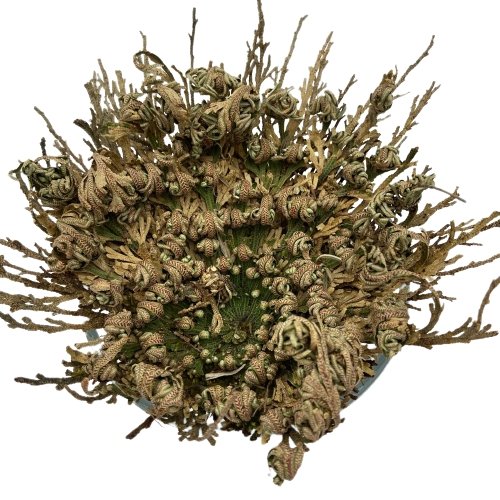
What Soil is Needed to Plant the Rose of Jericho
The Rose of Jericho is a unique plant that doesn't have traditional roots, and it doesn't require soil to grow. Instead, it can survive and thrive without any soil by absorbing moisture and nutrients from the air.
If you want to display the Rose of Jericho in a decorative container, you can use sand or decorative rocks as a base. The plant will absorb moisture from the air, so it doesn't require any soil to grow. It is important to avoid using potting soil or any other type of soil, as this can retain too much moisture and cause the plant to rot.
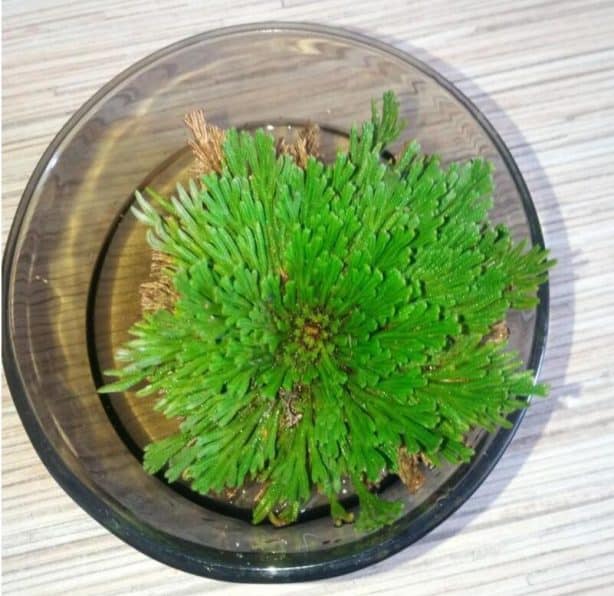
How Much Water for Rose of Jericho Plant
The Rose of Jericho plant is adapted to survive in dry conditions and requires minimal watering. To water the plant, place it in a dish of shallow water and allow it to soak up the water for several hours or until the plant has fully opened up.
Once the plant has fully expanded, remove it from the water and allow it to dry out completely before watering again. It is important not to overwater the plant, as this can lead to root rot and other issues.
Generally, the plant should be watered once every few weeks, or as needed to keep it healthy and hydrated.
Side Note: The best type of water to use for your Rose of Jericho plant is distilled water. Distilled water is free of impurities, such as chlorine and minerals, which can be harmful to the plant. If you do not have access to distilled water, you can use tap water that has been left out overnight to allow the chlorine to evaporate.
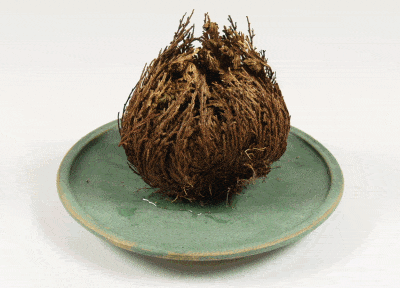
Amount of Light
The Rose of Jericho plant prefers bright, indirect light, but can also tolerate lower light conditions. It should not be exposed to direct sunlight for prolonged periods, as this can cause its delicate fronds to dry out and become damaged.
A good location for the plant would be near a window that gets a few hours of indirect sunlight each day, or under a fluorescent light if it is grown indoors. If the plant is grown outdoors, it should be protected from direct sunlight during the hottest part of the day.
Temperature & Humidity Levels
The Rose of Jericho plant is adaptable to a range of temperatures, but it generally prefers warm temperatures between 65-80°F (18-27°C). It can tolerate cooler temperatures, but prolonged exposure to temperatures below 50°F (10°C) can damage the plant.
In terms of humidity, the Rose of Jericho can survive in low-humidity environments, as it is adapted to dry conditions. However, it may benefit from occasional misting or being placed in a room with moderate humidity levels to help keep it hydrated and healthy.
Fertilizing the Plant
The Rose of Jericho plant does not require regular fertilization, as it is adapted to grow in nutrient-poor soils. However, if you wish to fertilize the plant, you can use a general-purpose houseplant fertilizer once every few months during the growing season.
It is important not to over-fertilize the plant, as this can lead to excessive growth or damage to the plant's delicate root system. Always follow the instructions on the fertilizer packaging and use a diluted solution to avoid any potential harm to the plant.
How to Plant a Rose of Jericho
Here are the steps on how to plant a Rose of Jericho:
- Gather your materials. You will need a Rose of Jericho plant, a shallow dish or bowl, pebbles or gravel, and water.
- Rinse the Rose of Jericho plant under running water to remove any dirt or debris.
- Fill the dish or bowl with pebbles or gravel.
- Add water to the dish or bowl until the pebbles or gravel are just submerged.
- Place the Rose of Jericho plant on top of the pebbles or gravel, so that the roots are in the water.
- Place the dish or bowl in a spot with indirect sunlight.
- Water the Rose of Jericho plant regularly, so that the pebbles or gravel are always moist.
- Fertilize the Rose of Jericho plant every few months with a balanced fertilizer.
- Watch your Rose of Jericho plant grow and thrive!

Regenerating the Rose of Jericho Plant
Rose of Jericho plants are known for their ability to regenerate. When the plant is dry, it will shrivel up and appear to be a little ball of dried-up roots that you would swear are dead. However, if you place the plant in water, it will quickly unfurl and become green again. This process of regeneration can be repeated indefinitely.
To regenerate a Rose of Jericho plant, simply place it in a container of water. The water should be enough to cover the roots of the plant. Once the plant is in the water, it will begin to unfurl and become green again. The entire process can take as little as a few hours.
Here are some additional tips for regenerating a Rose of Jericho plant:
- Use fresh, clean water.
- Place the plant in a spot with bright, indirect sunlight.
- Fertilize the plant every few months with a balanced fertilizer.
- Do not overwater the plant.
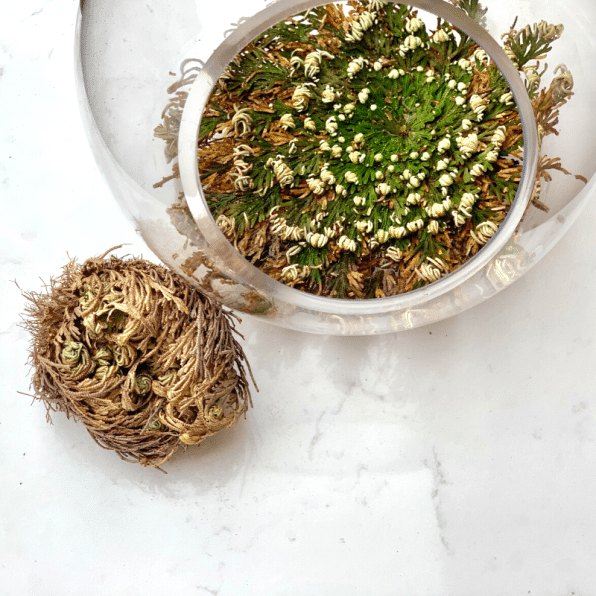
Similar Plants
The Rose of Jericho plant is a member of the Selaginellaceae family and is closely related to other spikemoss species, such as Selaginella kraussiana and Selaginella uncinata. These plants are similar in appearance to the Rose of Jericho, with delicate, feathery foliage and a preference for dry, well-draining soils.
Another plant that is similar to the Rose of Jericho in its ability to survive in dry conditions is the resurrection fern (Pleopeltis polypodioides). This fern is able to survive long periods of drought by curling up its fronds and going dormant until it receives water. Once it receives water, it quickly comes back to life and unfurls its fronds again.

Another plant in the same family as the Rose of Jericho, but with different growing requirements, is the club moss (Lycopodiella cernua). This plant prefers moist, shady environments and can be found growing in wetlands and bogs. Like the Rose of Jericho, it has delicate, feathery foliage, but it grows much taller and has a more upright growth habit.
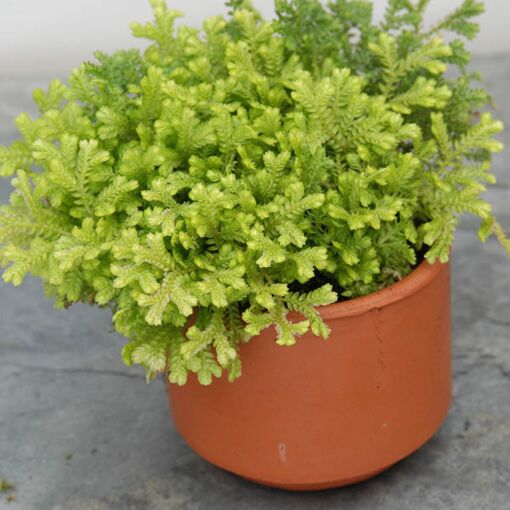
Overall, while there are plants that are similar to the Rose of Jericho in their appearance or ability to survive in harsh conditions, the unique ability of the Rose of Jericho to revive and come back to life after prolonged periods of drought is what sets it apart from other plants in its family and makes it a fascinating addition to any plant collection.
Problems with Rose of Jericho
The Jericho Rose is maybe one of the few plants in the world that you can actually kill and it will be able to be resurrected. But problems with the Jericho Rose that can be avoided are:
Overwatering: While the Rose of Jericho needs water to revive, too much water can lead to root rot and other issues. Make sure to allow the soil to dry out completely between waterings, and avoid letting the plant sit in standing water.
Insufficient light: The Rose of Jericho prefers bright, indirect light and may struggle in low-light conditions. If the plant isn't getting enough light, it may become limp or fail to revive after being watered.
Low humidity: While the Rose of Jericho is adapted to dry conditions, it still prefers moderate humidity levels. In very dry indoor environments, the plant may struggle to revive or may turn brown and dry out.
Pests: The Rose of Jericho is generally resistant to pests and diseases, but it can occasionally be affected by spider mites or other common indoor plant pests. If you notice small webs or spots on the foliage, it may be a sign of an infestation.
Age: Over time, the Rose of Jericho may become less responsive to watering and may eventually lose its ability to revive. If your plant seems to be struggling despite proper care, it may be time to replace it with a new one.
Other Things to Know About Rose of Jericho
There are two different types of Jericho Rose – the Selaginella lepidophylla (False Rose of Jericho) and the Anastatica hierochuntica (True Rose of Jericho).
The False Rose of Jericho is more common and belongs to the Selaginellaceae family, while the True Rose of Jericho belongs to the Brassicaceae family.
One of the major differences between the two is that the True Rose of Jericho requires rooting to come back to life, while the False Rose of Jericho can be revived with water without rooting.
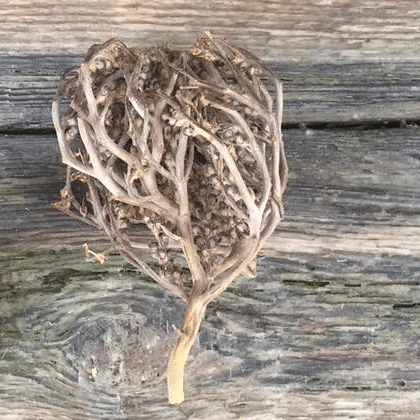
FAQs
Are there Rose of Jericho plant health benefits?
Although there has been little research done, the potential benefits of some studies say it may reduce inflammation, arthritis pain, blood pressure, and blood sugar levels.
Where should I place my Rose of Jericho?
Place your Rose of Jericho plant in bright, indirect light, where the temperature remains stable.
How long does it take for a Rose of Jericho to turn green?
It may take a few days to receive completely, but you will be able to see it greening and resurrecting in as little as 4 hours.
What is Rose of Jericho good for?
It is symbolic in many cultures and is also used in traditional medicine for a variety of ailments.

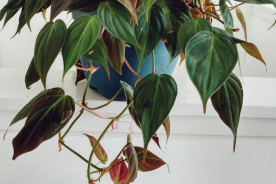
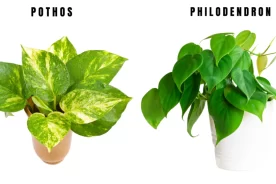
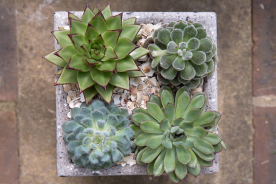

No Comments